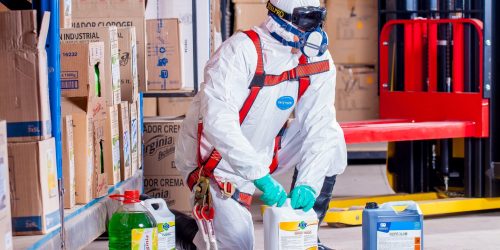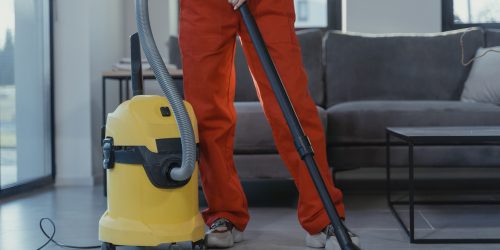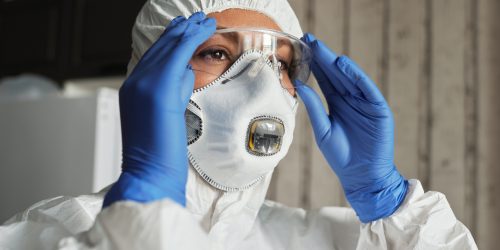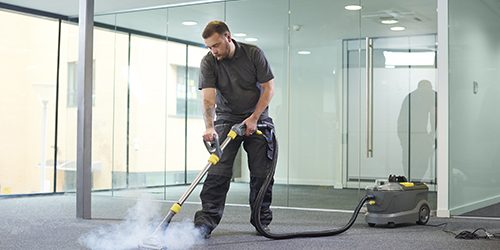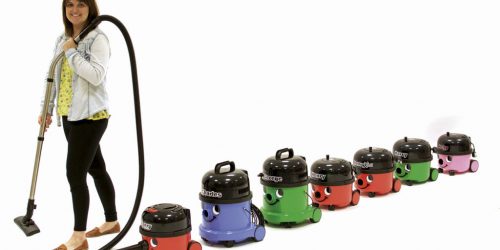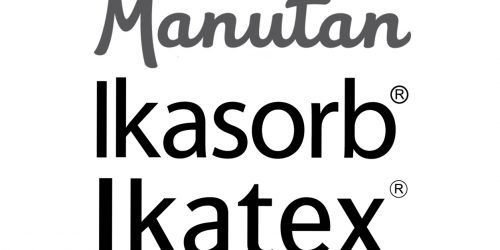Cleaning Checklist for Schools: Ensuring a Safe and Hygienic Environment
Maintaining a clean and hygienic school environment is of utmost importance, not only for the well-being and health of students and staff, but also for creating a conducive learning environment. A clean school helps to prevent the spread of illnesses, reduces absenteeism, and promotes a positive atmosphere. In order to achieve this, schools need to develop a comprehensive cleaning checklist that covers all the necessary tasks and ensures that the cleaning process is efficient and effective. This article will provide a step-by-step guide on developing such a checklist, as well as tips for choosing the right cleaning products and equipment, ensuring the safety and health of everyone involved.
Importance of maintaining a clean and hygienic school environment
A clean and hygienic school environment is crucial for the overall well-being of students and staff. A clean and organised classroom can help students focus better and improve their concentration. A clean school also reduces the risk of spreading infectious diseases, such as colds, flu, and stomach bugs, which can easily spread among students and staff. By implementing proper cleaning protocols and practices, schools can create a safe and healthy environment for everyone.
Developing a comprehensive cleaning checklist for schools
Creating a cleaning checklist tailored specifically to the needs of your school is essential for maintaining cleanliness and hygiene. Start by identifying the different areas and surfaces that need regular cleaning, such as classrooms, hallways, bathrooms, cafeterias, and gyms. Divide the checklist into daily, weekly, and monthly tasks to ensure that all areas are covered, and that cleaning is done consistently.
Daily cleaning tasks for schools
- Classrooms: Empty and clean waste bins, wipe down desks and chairs, clean whiteboards, and sanitise surfaces like door handles and light switches.
- Bathrooms: Clean and disinfect toilets, sinks, and faucets, refill soap and paper towel dispensers, restock toilet paper, and empty waste bins.
- Hallways: Sweep or vacuum floors, mop spills, dust surfaces, and remove any clutter or debris.
- Cafeterias: Clean tables and chairs, sweep or vacuum floors, and sanitise food preparation areas.
- Gymnasiums: Sweep or vacuum floors, wipe down exercise equipment, and clean changing rooms and showers if applicable.
Weekly cleaning tasks for schools
- Classrooms: Dust shelves and bookcases, vacuum carpets, clean windows and blinds, and deep clean carpets at regular intervals.
- Bathrooms: Clean mirrors, refill air fresheners, mop floors, and sanitise surfaces.
- Hallways: Clean windows and windowsills, dust surfaces, and mop floors.
- Cafeterias: Deep clean kitchen appliances, sanitise food preparation surfaces, and clean refrigerator and freezer.
- Gymnasiums: Clean and disinfect exercise equipment, mop floors, and wipe down walls and mirrors.
Monthly cleaning tasks for schools
- Classrooms: Clean and disinfect computer keyboards, sanitise toys and other shared items, and deep clean upholstery.
- Bathrooms: Clean and disinfect drains, sanitise baby changing stations, and deep clean grout.
- Hallways: Polish floors, clean and disinfect lockers, and deep clean carpets.
- Cafeterias: Deep clean ovens and cooker tops, sanitise sinks and drains, and clean and disinfect tables and chairs.
- Gymnasiums: Clean and disinfect mats, sanitise showers and changing rooms, and deep clean floors.
Special cleaning considerations for high-traffic areas in schools
Certain areas in schools, such as entrances, staircases, and common areas, experience high footfall and require special attention when it comes to cleaning. These areas should be cleaned more frequently and with extra care to ensure that they are free from dirt, dust, and germs. Consider implementing the following cleaning tasks for high-traffic areas:
- Entrances: Sweep or vacuum floors, mop spills, clean and disinfect door handles, and regularly clean doormats.
- Staircases: Sweep or vacuum stairs, mop spills, and clean handrails.
- Common areas: Dust surfaces, clean windows and blinds, mop floors, and sanitise seating areas.
Choosing the right cleaning products and equipment for schools
Selecting the right cleaning products and equipment is crucial for effective cleaning and maintaining a safe environment. When choosing cleaning products, opt for environmentally friendly and non-toxic options to minimise the impact on the health of students, staff, and the environment. Ensure that the cleaning products are suitable for the surfaces you need to clean and that they are effective against common germs and bacteria.
In terms of equipment, invest in high-quality and durable cleaning tools such as vacuums, mops, and wipes and cloths. These products are not only more efficient but also help to reduce the spread of allergens and contaminants. Consider using colour-coded cleaning tools to prevent cross-contamination between different areas and surfaces.
Ensuring the safety and health of students and staff during the cleaning process
Safety should be a top priority when it comes to cleaning schools. Ensure that all cleaning staff are trained on proper cleaning protocols, including the use of cleaning products and equipment. Provide them with personal protective equipment (PPE) such as gloves and masks to protect themselves from exposure to chemicals and germs. It is also important to communicate with students and staff about the cleaning schedule and any areas that may be temporarily inaccessible during the cleaning process. Regularly remind everyone to practice good hygiene habits, such as washing hands regularly and covering coughs and sneezes.
Regular evaluation and updates of the cleaning checklist
A cleaning checklist needs to be regularly evaluated and updated to ensure that it remains effective. Carry out regular inspections to identify areas that may require additional cleaning or areas that are not being adequately cleaned. Seek feedback from students, staff, and cleaning personnel to identify any areas of concern or improvement. Consider any changes in regulations or guidelines related to cleaning and hygiene and update the checklist accordingly.
Conclusion
Maintaining a clean and hygienic school environment is crucial for the health, well-being, and academic success of students and staff. By developing a comprehensive cleaning checklist and following proper cleaning protocols, schools can ensure that cleanliness is prioritised and that everyone can thrive in a safe and healthy environment. Regular evaluation and updates of the cleaning checklist, as well as choosing the right cleaning products and equipment, are essential for maintaining cleanliness and hygiene in schools. Manutan understands the importance of a clean school environment and offers a wide range of cleaning products and equipment to support schools in their cleaning efforts.

